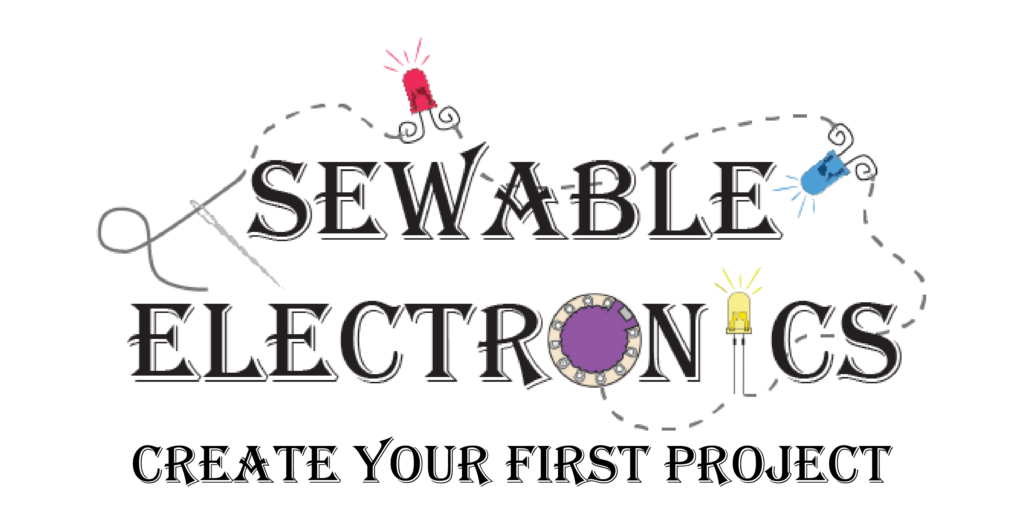What is conductive thread and why do you need it to sew with it? Conducting electricity can be useful in any project that has electronics, such as making an LED glow or powering a buzzer board. When you let your imagination loose you can create some amazing projects!!! Let’s dive into Tips When Sewing with Conductive Thread!!!
Threading the need
It is easiest to thread a needle with conductive thread that is freshly cut. The conductive thread does unravel quickly and can become a pain to the thread. I do not recommend breaking the thread with your hands to cut apart. This will cause the thread to be much harder to thread through the needle’s eye.
I also sometimes have to have some extra thread or a needed threader around for when you are getting to the end of your thread and don’t want to cut any length off!!!!
Secure your tails!!!
Sometimes with conductive thread, you don’t want to clip super close to the knot because the know can work its way out so a long tail is left. It is important to either bury the tails or ensure that they are no possibility of the tails touching another part of the circuit causing a short.
Unless you plan to insulate the thread in some way you must think of every strand as its own uninsulated wire and if that thread (wire) touches another thread (wire) it can cause a short circuit.
Insulate your threads
There are a few ways to insulate your threads!! You can use some clear nail polish, This can help keep the ends of the thread together and keep them from fraying. Another way is to add puff paint to the top of the garment. This does add a distinctive look so ensure you are happy with that look before applying!!
The threads can also be completely encased by the fabric. An example of this would be to have a base piece of fabric that then gets covered both on the front and back.
Thread issues
This conductive thread can be problematic while sewing. If you find that the thread keeps twisting on you I recommend letting the thread hand out and twist back its happy place!!!
I also recommend using shorter lengths of thread. It is always best to make sure you can get from point A to point B however then it is best to get a new length of thread. This way the thread will have the least of a chance to twist or break on you!!!
Speaking of thread breaking when you do find a knot in your thread you would normally pull hard to pull though be careful because it will break fast and easier than regular thread.
Thread used with components
Sewable electronics commonly had a larger porthole so that the thread can be sewn around the port a few times. I always recommend at least three times around the port to ensure that there is a solid connection. I commonly will have at least 5 stitches through the port. This is partly because I do not use glue to otherwise secure the component to the fabric. So the stitching is all that is holding the component on and it needs to be secure.
Planning and Aligator Clips
Alligator clips will help you determine the circuit and ensure all components are working before sewing. This way you know everything is good to go before you sew!!! Hand sewing circuits can take some time so making sure that you know everything is working and good to go is essential.
Conductive thread is amazing!!!
Conductive thread is amazing and a great way to get started in wearable technology however it is also important to get to know the electronics and when you should be using wire instead of conductive thread. I hope these Tips When Sewing with Conductive Thread will help you while you are creating your next light-up project!!!
Some great components to get you started!!!
Now it is time to grab some conductive thread and sewable electronics and create some amazing projects yourself!!!!
Check out some of these projects such as the felt flower light-up earrings or this fun Felt Pumpkin Pin. Get some inspiration and create some for yourself. Then post a picture below!!! I would love to see what you create!!!

